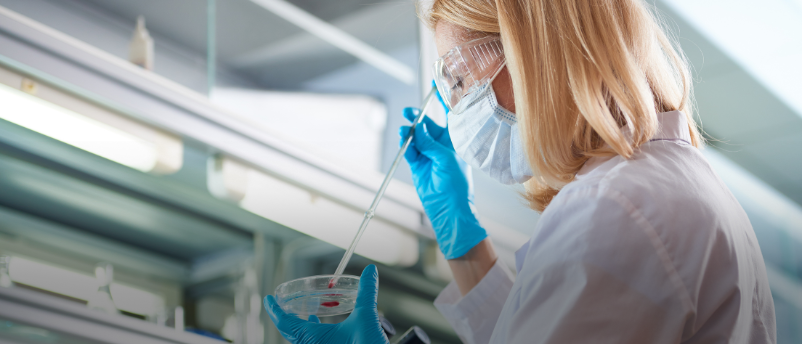Webinar Q&A follow up | Lab essentials: proper pipetting techniques

Thank you to everyone who attended our webinar ‘Lab essentials: proper pipetting techniques’ in association with Corning Life Sciences (NY, USA). Below are responses from speaker Connie MacDonald, to the questions posed by our audience during the live event. We hope this is a useful resource and thank those who submitted these thoughtful questions.
If we pipette in a very harsh way, can this break the nuclei membrane?
The nuclear membrane is made of two lipid bilayer membranes. Lysis buffer can be used to break down the membrane.
In good practice, do we need to return the pipette to the maximum volume after using?
Yes, we recommend returning the pipettor to the maximum volume when you have finished using it. This is because there is a spring inside the pipettor that is continuously under pressure when it is at volumes lower than the maximum volume. Returning the pipettor to the maximum volume after use helps to keep the spring from wearing out.
If solution gets inside the pipettor, how can we clean it?
We recommend using filter tips in order to avoid liquid from getting inside the pipettor. The pipettor can be disassembled and cleaned according to the instruction manual. Please see attached manual for our Corning® Lambda™ EliteTouch™ Pipettors.
What guides the choice of what volume pipette to go with? For example, if you need 20uL, should you go with a 0.2–20uL pipette or 20–200uL pipette?
We recommend using the pipettor with the smallest volume range that can dispense the specific volume. Accuracy is lower when the specific volume is near the pipettor’s minimum volume. For example, it is best to use the 0.2–20uL pipettor than the 20–200uL for dispensing 20uL.
How can I control shaking hands while loading or taking the sample?
You may place your elbow on the laboratory bench to steady your hands while you are aspirating or dispensing your samples with your pipettor. If you are pipetting into or out of a tube, it will help to put the tube in a stand or rack instead of holding it in order to keep it from moving around.
To access the full on-demand webinar, click here.
In association with
